Remember the days when a loaf of bread didn’t cost $7.99? Today, with grocery prices rising and grocery items shrinking, it’s no surprise that consumers are hungry for ways to save money on groceries.
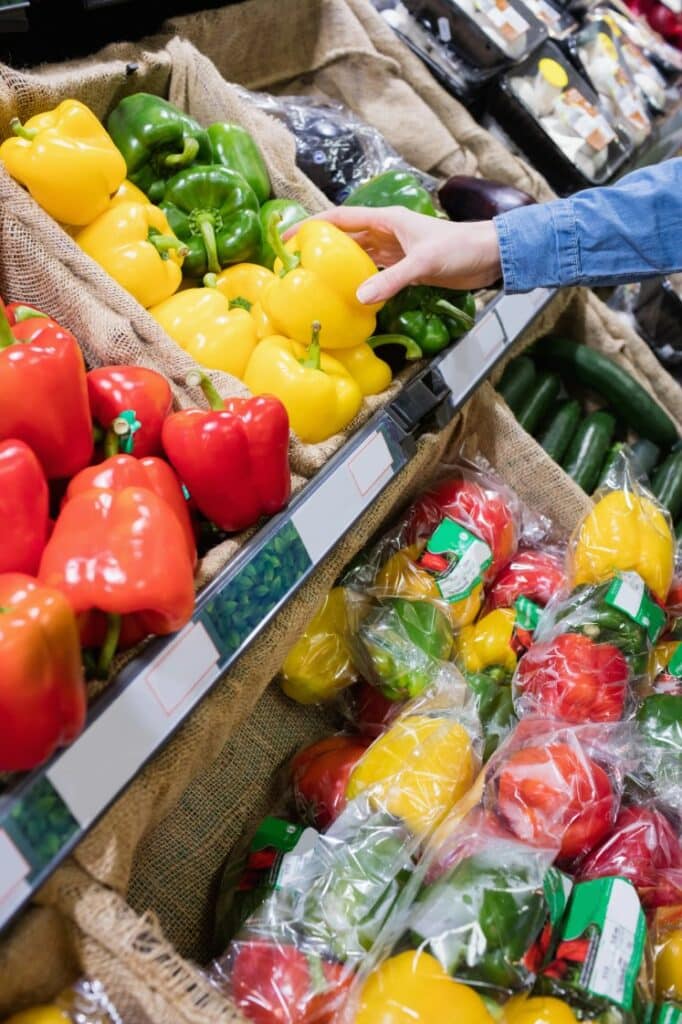
If you haven’t tapped into the potential of budgeting, smart shopping, leveraging rewards and minimizing waste, then keep reading. This guide will show you some straightforward yet effective ways to cut down on your grocery bills.
Whether it’s just you or you’re shopping for a whole family, you’ll find tips that can really make a difference. You might be surprised to learn how much you can save on your monthly grocery bills.
Plan your grocery budget
With so many ways to track your spending, it’s never been easier to budget your grocery shopping. You have options — some budgeting apps can integrate with your bank accounts to give you real-time updates on your spending.
If you like a more hands-on approach, using spreadsheets could be the way to go, especially if you want to customize how you view your spending. Or, if you’re a fan of simplicity, sticking to pen and paper works just fine, too. The key is to choose a method that you’ll consistently use and one that works for you.
It’s important to be realistic with your budget, even as you strive to increase your savings. This means looking closely at what you currently spend. You might find it helpful to look back at the past few months of grocery bills and calculate your future budget based on how much you’ve actually been spending.
You may also want to look at how much money you spend on takeout food and dining out, as it directly affects how much you need to budget for groceries. All of this information can help you set practical weekly or monthly limits for your spending.
Once you’ve set a realistic budget, you’ll be able to make a shopping list that reflects how much you should spend that week. Hitting the grocery store with a list can prevent you from impulsively spending money on items you don’t actually need. And, of course, don’t forget the golden rule of grocery shopping: never, ever shop on an empty stomach.
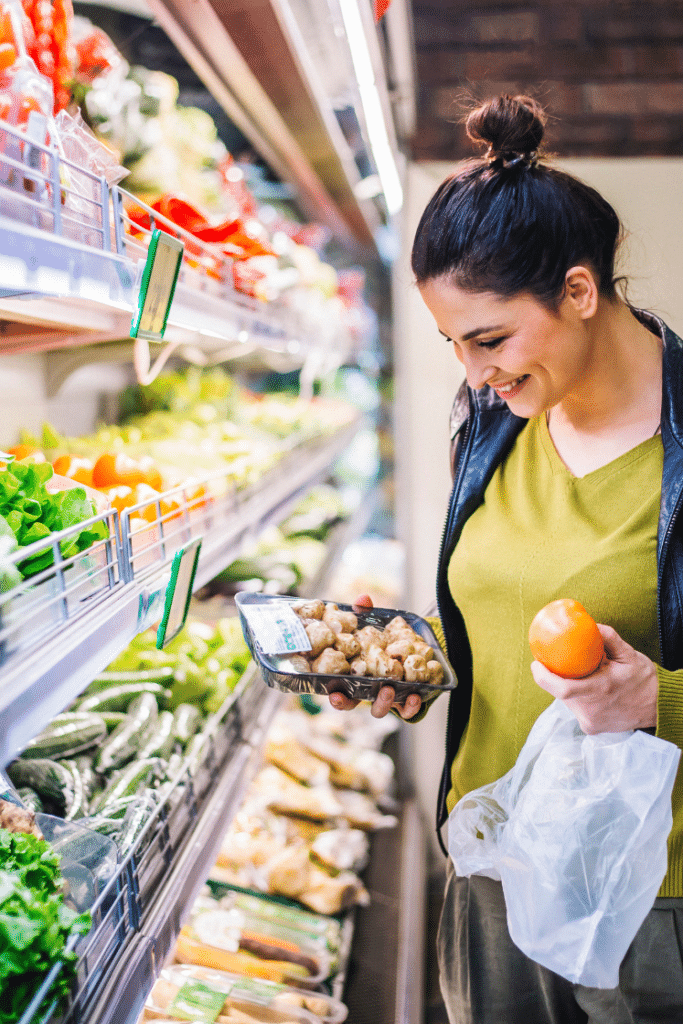
Smart shopping
If you’ve mapped out your grocery budget and jotted down your grocery list, you aren’t out of ways to save yet. Save money on groceries by taking advantage of these smart shopping strategies:
Don’t feel shy about comparing prices
If there are staples that you tend to buy every week, like bread or milk, keep track of how much those items cost at different grocery stores near you.
You might want to create a small price book or use an app where you can jot down the prices from different stores. This helps you recognize when a product is genuinely on sale versus just being advertised as such. The extra effort will pay off when you know you’re getting the lowest price for an item you need, and it can help you save money in the long run.
Buy in bulk
Consider the benefits of bulk buying, but be strategic about it. Identify items that you use frequently and that have a long shelf life. For instance, buying rice, pasta, or canned goods in bulk can save money. When it comes to perishables like meat, divide bulk purchases into meal-sized portions and freeze them.
You can also set aside some time to make a few dishes with the same bulk items. For example, buy a tray of chicken thighs and use them to make both creamy Dijon chicken and a chicken and veggie stir-fry.
Drawing from two cuisines will prevent you from feeling like you’re eating the same meal endlessly. Plus, you can freeze the leftovers for later — your future self will thank you. This saves money and reduces the time you spend preparing food on busy days.

Don’t fall for marketing tricks
Stores often use strategic placement to lure customers into buying more expensive items. For instance, more costly products are typically placed at eye level. Always look at the higher and lower shelves for cheaper alternatives. Also, end caps — the displays at the ends of aisles — might not always offer the best deals, even though they’re designed to catch your eye.
If an item appears to be on sale but isn’t in its normal location, make sure to compare it to similar products in the aisle where it is normally found. Sometimes, stores move items around or label them as “sale” items when they’re not really discounted. Always check if the “sale” item is cheaper to see whether you’re actually getting the best price.
Shop seasonally
Deepen your understanding of what “seasonal” means in your region. Foods grown locally during their natural growing seasons are cheaper, fresher and more environmentally friendly.
Create a calendar for seasonal produce or download an app that alerts you to what’s in season. You can also print out a poster of seasonal fruits and veggies and keep it on your fridge to inspire you when you make your weekly grocery list.
Farmer’s markets, community gardens, co-ops and bulk-buying clubs are great sources of seasonal produce. Shopping seasonally is not only budget-friendly but also adds variety to your diet throughout the year.
Think carefully about convenience foods
Pre-chopped ingredients, like diced vegetables, are almost always more expensive than their counterparts. Assess your lifestyle and decide if the time saved is worth the extra cost.
For instance, if a busy schedule means you often skip meals or opt for takeout, some meal-prepped foods might actually be cost-effective. Also, consider the waste aspect — if a jar of minced garlic gets used while regular garlic will go to waste, the more convenient option may be worth the higher price point.
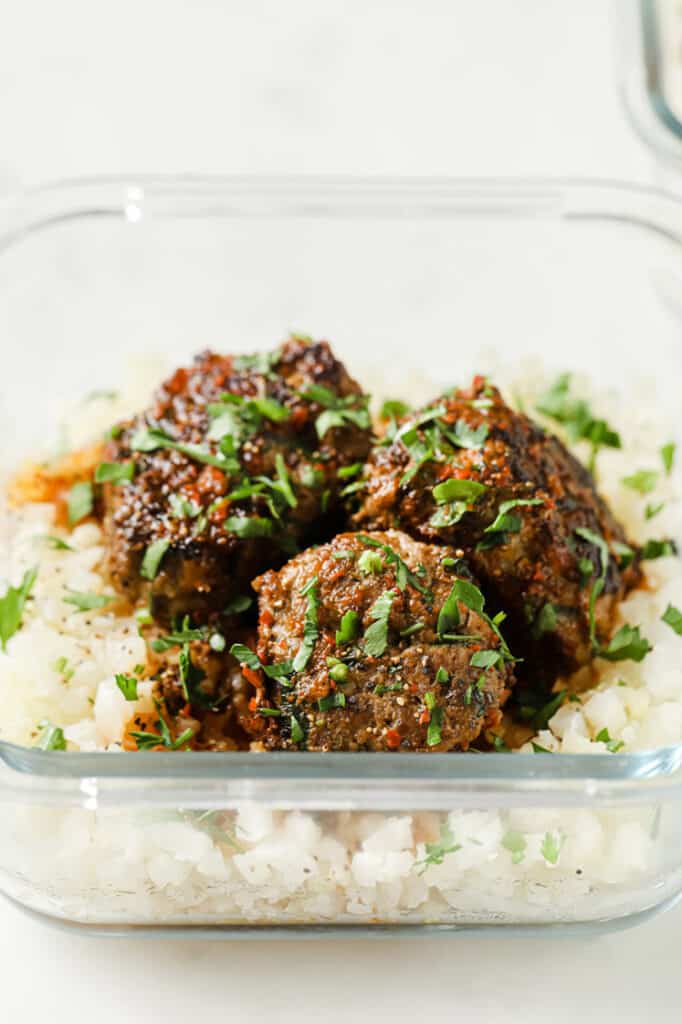
Use price tracking and alert apps
There are several apps available that track prices and alert you when items go on sale. These apps can monitor prices across multiple stores and notify you when your staple items hit their lowest price or when there’s a significant promotion.
This way, you can plan your shopping trips around these sales, ensuring you always get the best deal without having to visit multiple stores each week. This is especially useful for high-ticket grocery items or bulk purchases where discounts make a big difference.
Make coupons and rewards your new best friends
Making coupons and rewards programs part of your grocery shopping routine can lead to big savings. You don’t need to be into extreme couponing to unlock the potential of coupons. Here’s how to get started in a simple and manageable way.
If you’ve never used coupons before, consider subscribing to store newsletters or following stores on social media to find out about deals. Stores often share exclusive coupons and flash deals on their newsletters and social media pages to gain more followers and keep their customers happy. This is an easy way to stay updated on current sales and special promotions.
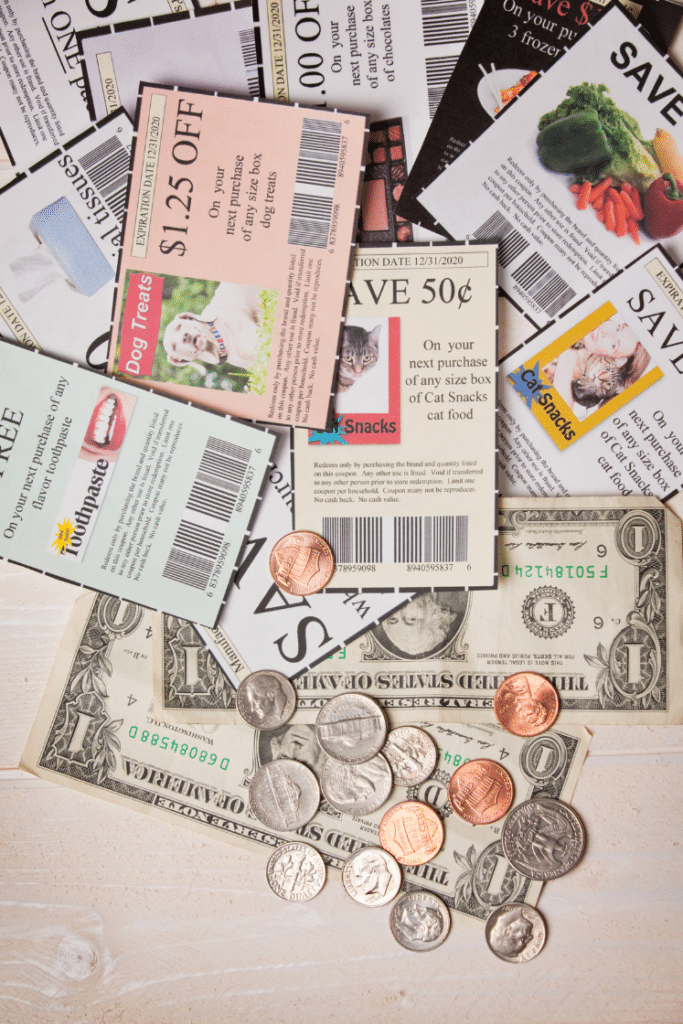
For those ready to take it a step further, consider coupon stacking. This means using more than one coupon for the same item to maximize savings. Also, keep an eye out for double coupon days and plan your grocery trips around it. Some stores double the value of coupons on certain days, giving you twice the discount.
If you use a credit card, consider switching to one that offers points or cash back on grocery purchases. Over time, these points can add up to significant savings or rewards like gift cards or free groceries.
Many grocery stores also have loyalty programs that can help you save money on groceries. Signing up is usually free, and it can lead to exclusive savings that aren’t available to non-members.
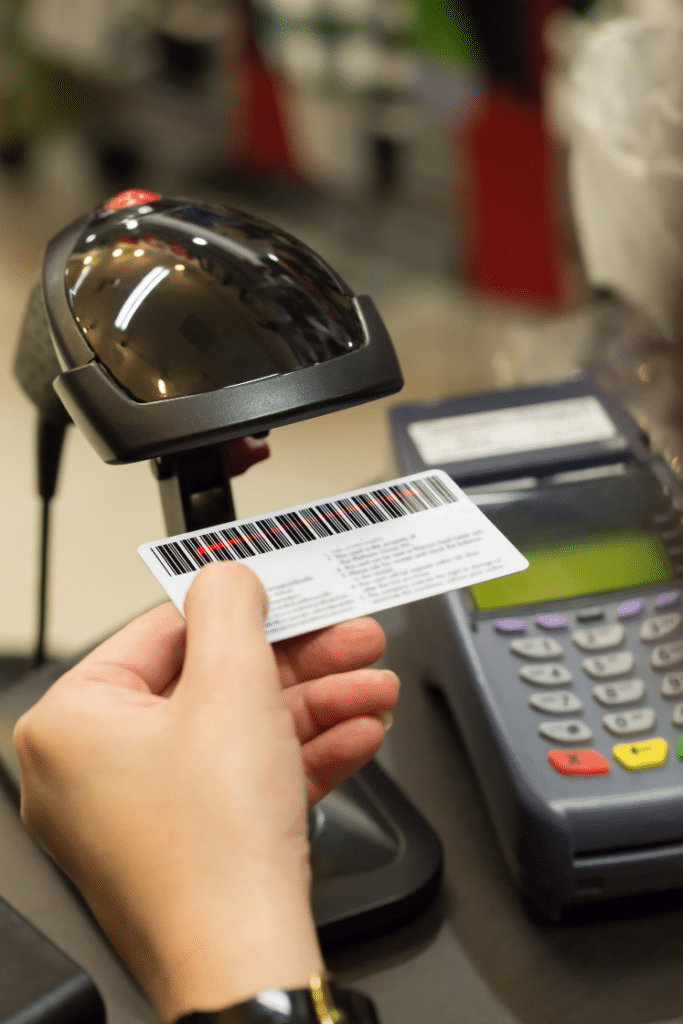
And don’t forget to download your store’s mobile app. Some grocery stores offer exclusive discounts and special offers that can only be accessed digitally. They might also let you scan items as you shop to keep track of spending, which helps you stick to your budget.
Minimize waste
The greatest budget in the world won’t help much if the majority of your food is going to waste. Some waste is inevitable, but these tips will help you make the most of what you buy.
Proper food storage
To maximize your food’s potential, look up how to store each item properly before putting it away. Did you know that refrigerating potatoes actually harms their taste and texture? The best way to store them is to keep them in a cool, dark place instead.
You should also think carefully about the storage methods that will work best for you. For example, you might want to invest in clear containers so that you can see what food you already have in your fridge at a glance.
Creative leftovers
With the internet at your fingertips, it’s never been easier to come up with new ways to enjoy every bit of the food you bring home. Take cabbage, for example. It’s affordable and versatile, but most cabbage recipes will leave you with plenty of leftovers. Instead of letting those extras wither away, look for easy recipes to use up the rest.
A simple dish like this 30-minute cabbage and sausage dish only requires a handful of ingredients and comes together with minimal effort. You can apply the same principle to any perishable products you buy.
Leftover protein
Chicken and other meats like ground beef or turkey are incredibly versatile and can be transformed into countless creative dishes. Whether you have store-bought rotisserie chicken, home-cooked chicken breasts, or some leftover ground meats, there are numerous ways to repurpose these ingredients.
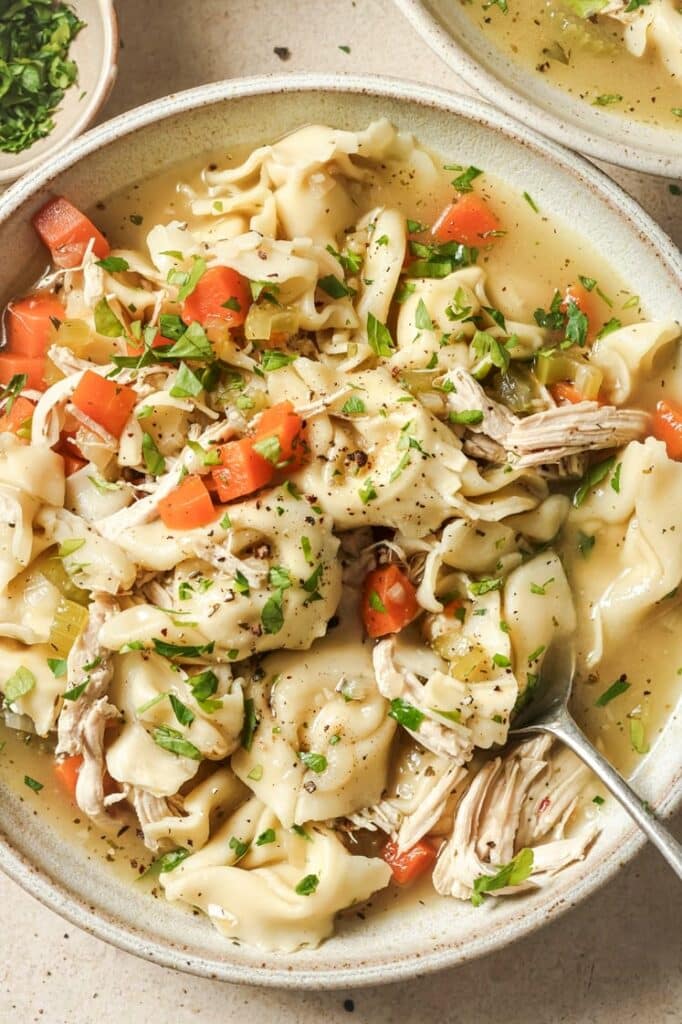
- Soups: Use leftover rotisserie chicken or any chicken you have, along with veggies, to make hearty soups like chicken tortellini, chicken pot pie soup, or chicken corn soup.
- Casseroles: Chicken tater tot casserole is a kid-friendly favorite that layers chicken with tater tots and cheese for a filling meal. For a spicier option, try the jalapeño popper chicken casserole.
- Dinners: Use leftover meats and turn them into flavorful dinners with these creative recipes. For example, ground beef can be used in cheesy ground beef with spinach and cauliflower rice casserole. Leftover ground turkey can be used to make the meatballs for coconut curry Thai turkey meatballs, and leftover chicken can be turned into a new dish like this green chile chicken.
- Slow cooker meals: Slow cooker meals are one of the best ways to use leftover meats. In this Crock Pot taco soup, you can substitute any leftover chicken or turkey for ground beef. If you have leftover turkey, ham, smoked sausage, or even bacon, try this slow cooker split pea soup.
- Salads and snacks: Chicken is super versatile. Use your leftover chicken to make jalapeño popper chicken salad or keto chicken nuggets.
Leftover vegetables
Vegetables can usually be used to create new dishes, whether leftovers from another meal or just extras you have on hand. They add color, nutrition, and flavor to meals, and finding innovative ways to include them in your cooking can make all the difference in reducing waste and enhancing your dishes.
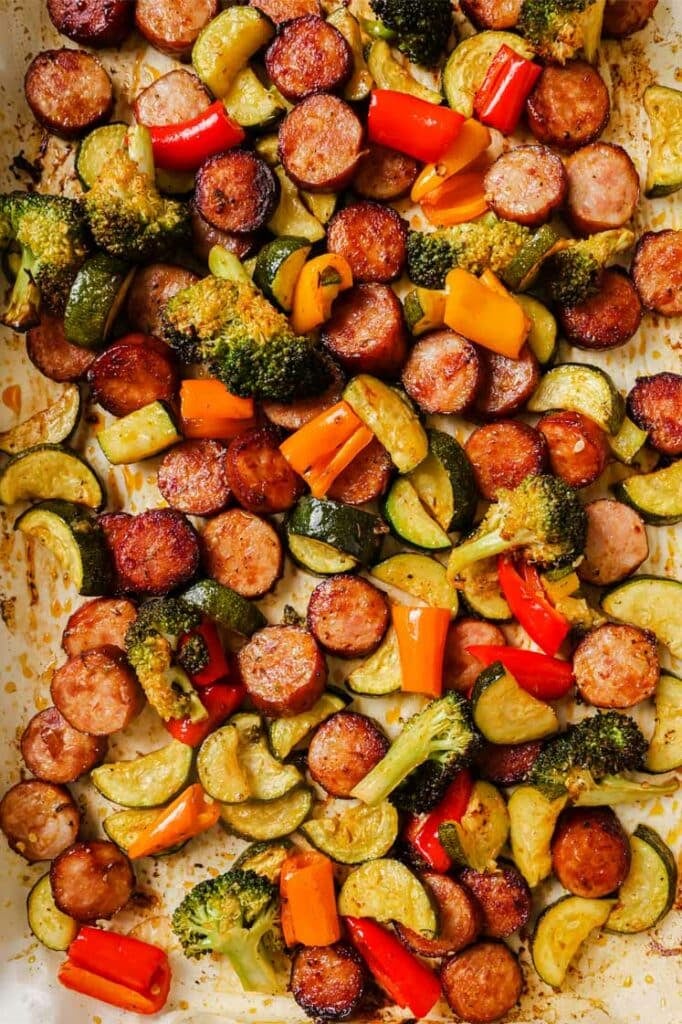
- Sheet pan dinners: Sheet pan meals are simply the best. They’re quick to make, easy to clean up after and allow you to use almost every vegetable you have on hand. Some of our favorites are these sausage and veggies sheet pan and roasted cauliflower and butternut squash with bacon.
- Casseroles: Give your leftover veggies a new life into comforting casseroles. Try this twice baked potato casserole when you have leftover potatoes or this broccoli casserole when you have leftover broccoli.
- Breakfast: Sausage breakfast casserole and farmers’ market vegetable egg bake are great recipes for using up leftover vegetables. Mix the veggies with eggs and a few spices, pop them in the oven, and you’re done.
Meal plan with what you already have
When planning what to cook for dinner this week, don’t overlook the potential of what you already have. You might discover you already have most of the ingredients for a meal. Have you got pasta noodles, canned tuna and frozen peas in your pantry? If so, you’ve got almost everything you need to make an easy tuna noodle casserole. It’s tempting to stock up on a bunch of new items, but by using what you have at home first, you’ll save money and avoid waste.

Here are more ideas on how to use up pantry staples you may already have on hand:
- Soups: Freezer-friendly soups like sweet potato and red pepper soup and Hungarian mushroom soup are great for meal prep and can help you enjoy a nutritious lunch or dinner throughout the week.
- Casseroles: Try this stuffed bell pepper casserole for an easier version of the classic stuffed peppers. Another option is this loaded broccoli cauliflower casserole, which uses frozen veggies to make meal prep easier. If you want something meatier, this cheesy beef casserole with cauliflower rice and spinach will satisfy your cravings.
- Breakfast: Start your mornings with this hash brown breakfast casserole or cottage cheese breakfast muffins. These dishes are filling and perfect for busy mornings.
- Lunch and dinner: Quick meals like these shake and bake pork chops and garlic butter chicken bites are easy and perfect for busy days. If you want something more savory and filling, try these baked ravioli and chicken with creamy mushroom sauce. Fried cabbage and bacon and baked sliced zucchini are also great meal-prep recipes if you want to incorporate more veggies into your meals.
Save money on groceries
Whether you live alone or are shopping for a big family, grocery shopping can be an unnecessary source of stress. However, individual actions — like establishing a budget, shopping smart, embracing rewards and minimizing waste — can add up to big savings.
If you don’t know where to start, pick just one strategy to try out this week. Once you see the results, you’ll be hungry for more.
Portions of this article originally appeared on Food Drink Life.
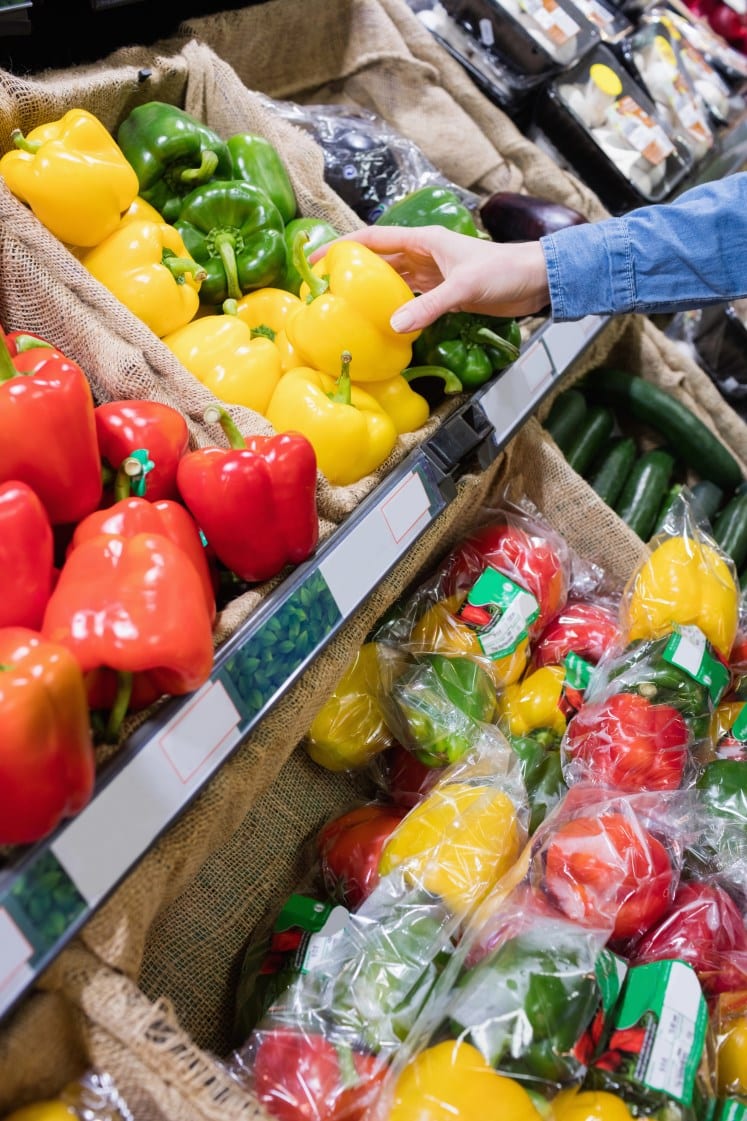



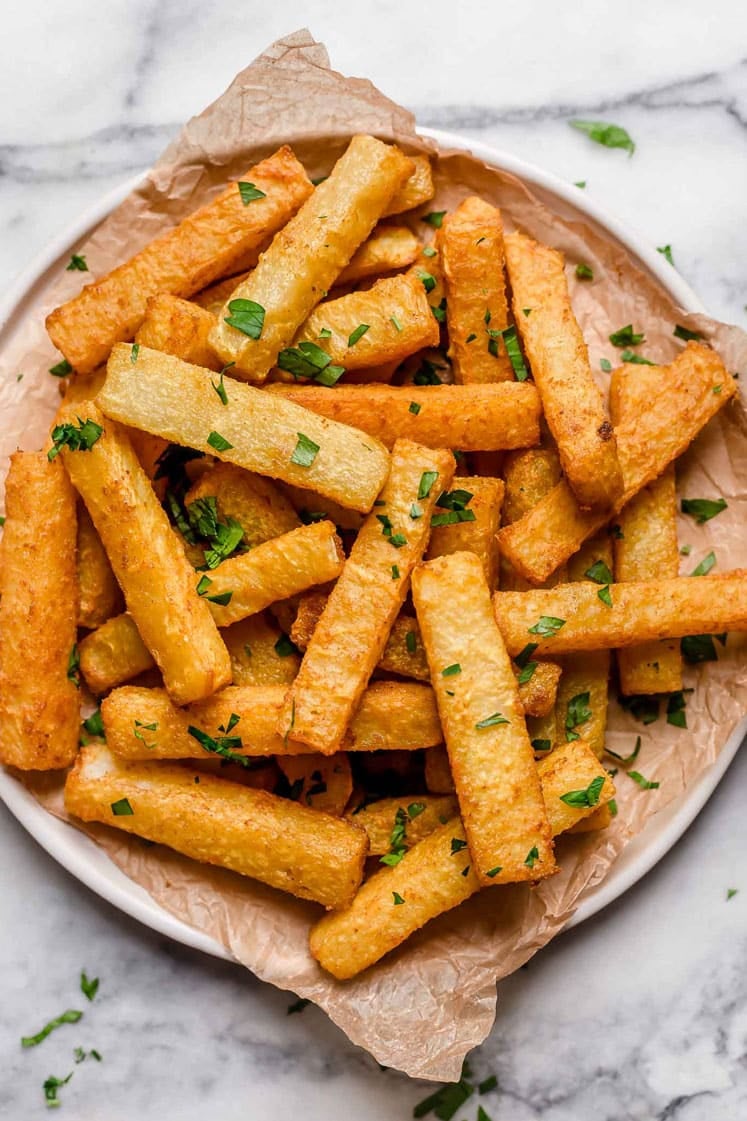






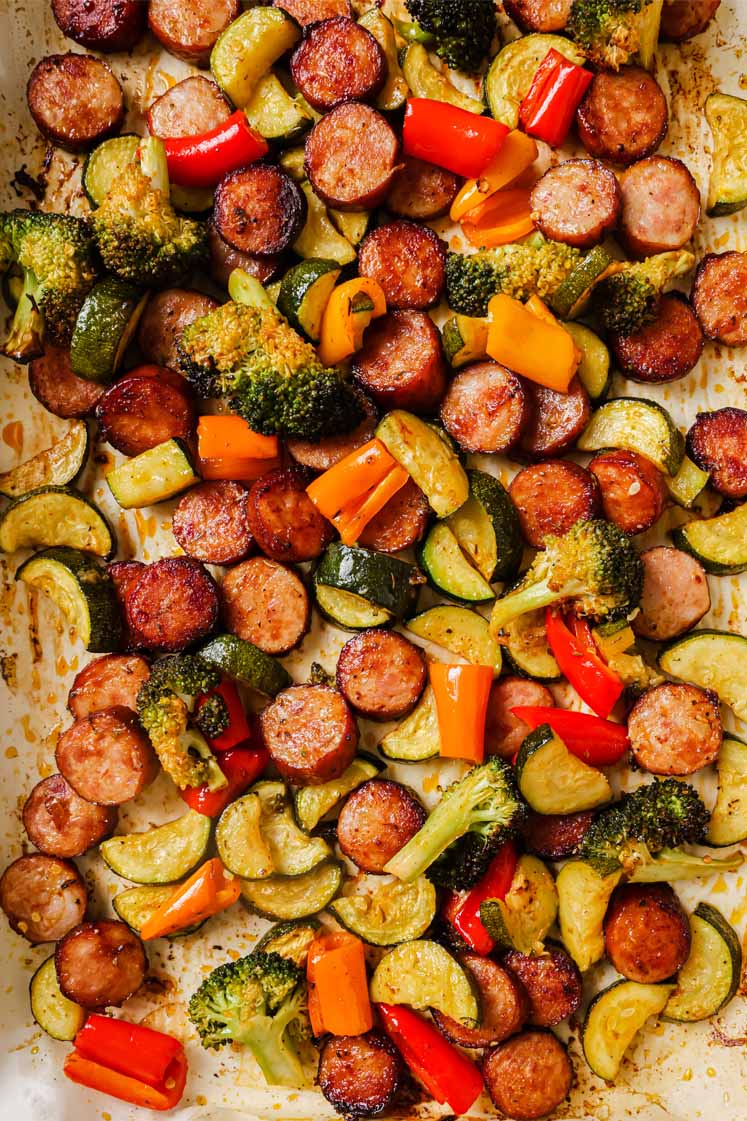
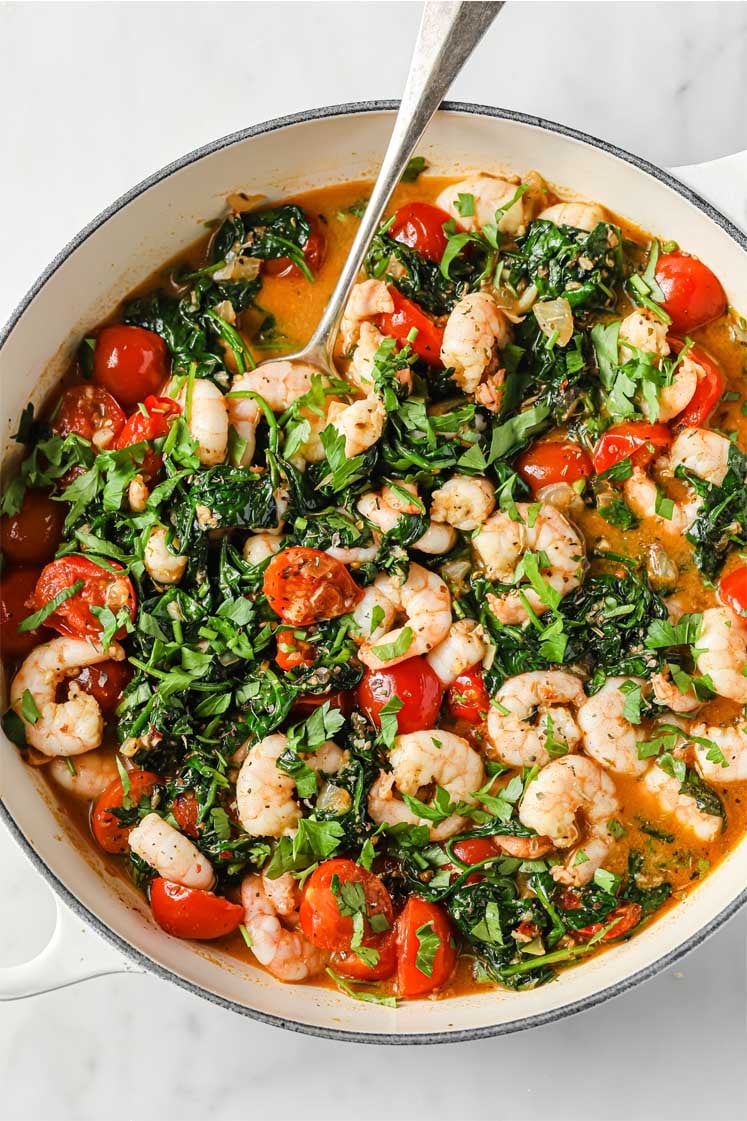

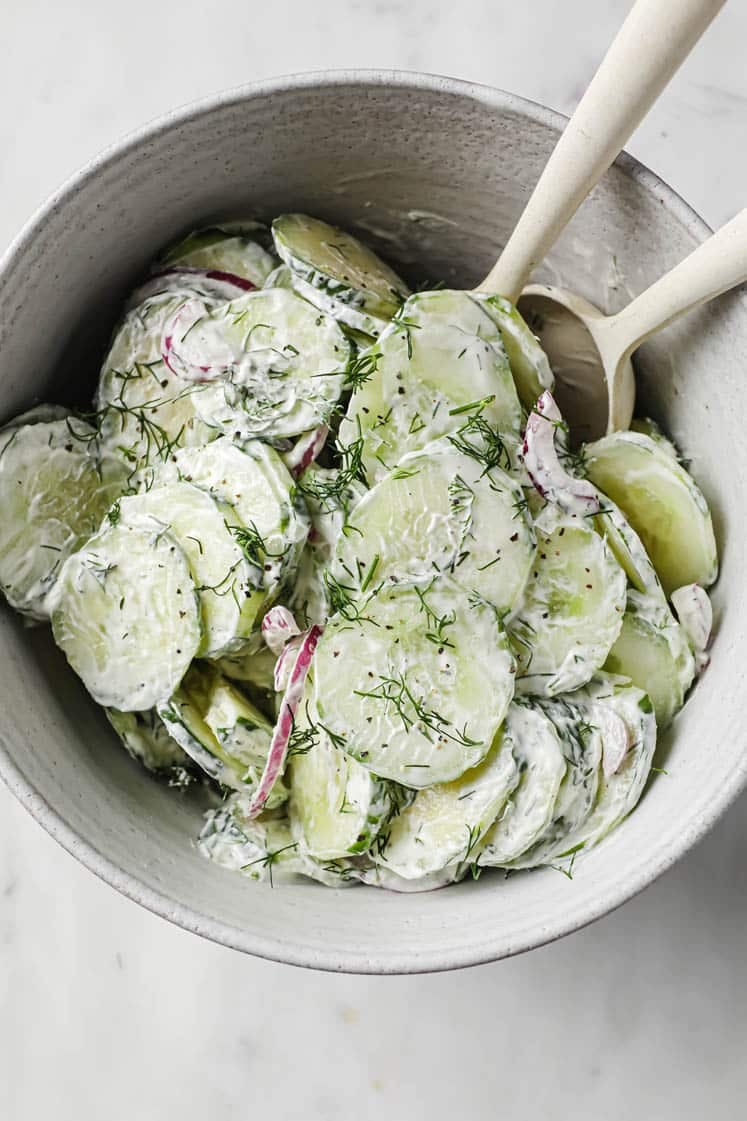









Leave a Reply